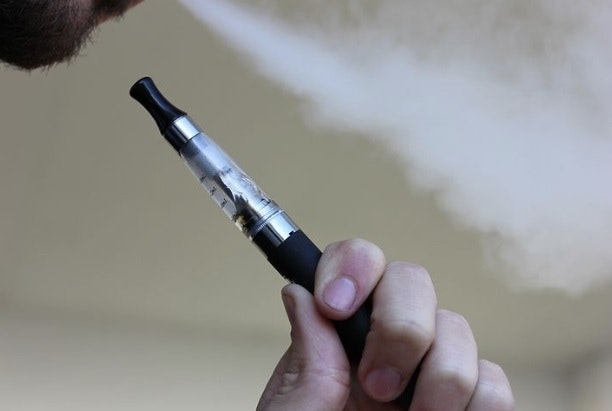Medical Technologies That Will Be Used In Vaping

The use of cannabis is mostly associated with traditional smoking methods — taking a hit from a bong or smoking a joint — or ingesting it in the form of cookies or other edibles. But vaping, a recent method of consuming herbs, is gaining ground in both medical and recreational use of marijuana. Vaping involves the use of a device known as a vaporizer, where instead of inhaling the smoke, you inhale the vapor. Vaping is by far the most convenient way of getting the benefits of cannabis sans the side effects of inhaling the hot smoke.
Vaping and Medical Marijuana
In the last few years, US states, one after the other, have been legalizing the medical use of marijuana, with Ohio being the latest to join the bunch. This means that a multitude of cannabis products users will be coming out of the dark seeking to treat various illnesses. The growth in popularity in the use of vaping technology to consume marijuana has coincided with the decriminalization of medicinal marijuana. Though largely undeveloped, medicinal vaping stands to make a significant impact on the use of medical marijuana and other pharmaceutical drugs to improve the health of individuals.
Ditching the Hypodermic Needle
Vaping technology is bound to change the methods of delivering medication. Instead of using the hypodermic needle or being taken orally, some drugs could be 'vaped' and absorbed directly into the bloodstream. A needleless medical world could prevent the spread of diseases such as HIV or Hepatitis and save countless lives. Some forms of inhalable medications are already in existence, with inhalable insulin being the most recent one. The ability to vape drugs allows a quicker absorption into the bloodstream since the drugs bypass the digestive system. This facilitates a high level of intensity, quicker relief, and more precision. Doctors can use smaller, precise doses to treat conditions. Medications administered are referred to as v-meds or vaporizing medicine.
V-Meds Nanotechnology
Since the electronic vaporizer came out of the closet a few decades ago, it has constantly been associated with v-meds. Researchers and nanoscientists have been trying to figure out ways to use the vaporizer in nanotechnology. They are working on ways to attach nanotechnology into the vapor and deliver it into the body to treat illnesses. If the infusion of nanotechnology medicine into vaping is a success, the combined technology will be able to treat chronic illnesses, repair and generate new cells, and greatly improve the body's immune system. The technology is aimed at treating many forms of cancer and heart diseases.
E-medicine Revolution
Vaping technology will soon be used as a method of administering e-medicine. The revolution of e-medicine will kick-off with the administration of simple medications to treat conditions such as migraines and flu. Several investors and pharmaceutical giants are already working on making e-medicine a reality. Many of these medications are already available in liquid form, all you have to do is put the liquid in the vaporizing device and heat it. The atomizer in the vaporizer will convert the liquid medication into vapor, which the user, or patient, in this case, will inhale. The medicine will be absorbed directly into the bloodstream in the lungs. The method of delivering medication is highly effective, which is why e-medicine or v-meds technology is expected to revolutionize the medical industry.
Vaping technology is still in its infant stages. Though the technology has the potential to spur massive improvements in the health sector, there have been a few concerns. Some point out that it will increase drug abuse as it is hard to tell what someone is inhaling from a vaporizer. However, the future of vaping technology in the medical sector carries a big promise.